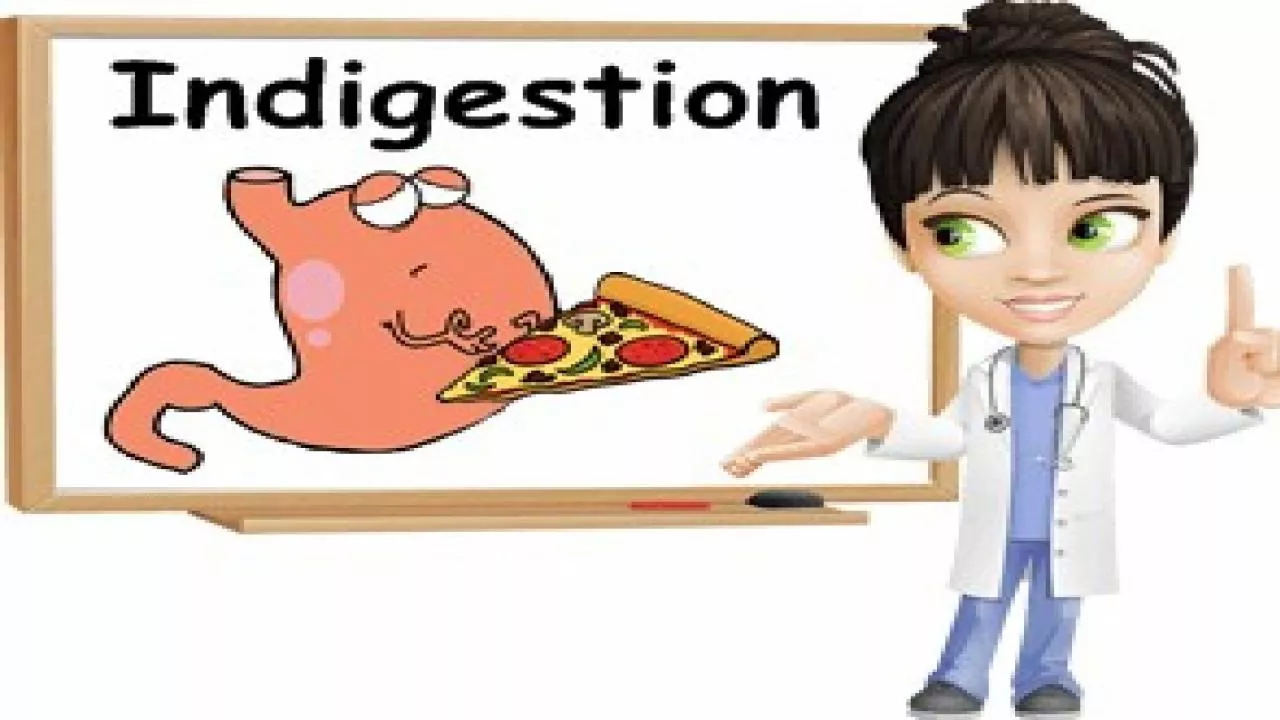

What you need to knowsymptoms 2Age Children Older than 55 years old Risk of gastric cancer Alarm symptoms and indigestionReasons for referral Age over 55 years if symptoms develop for first time ID: 1047200
Download Presentation The PPT/PDF document "Definition Indigestion (dyspepsia) is up..." is the property of its rightful owner. Permission is granted to download and print the materials on this web site for personal, non-commercial use only, and to display it on your personal computer provided you do not modify the materials and that you retain all copyright notices contained in the materials. By downloading content from our website, you accept the terms of this agreement.
1.
2. DefinitionIndigestion (dyspepsia) is upper abdominal discomfort or pain that may be described as a burning sensation, heaviness or an ache.
3. What you need to know..symptoms
4. 2.AgeChildrenOlder than 55 years oldRisk of gastric cancer
5. Alarm symptoms and indigestion:Reasons for referralAge over 55 years, if symptoms develop for first time. Associated with prescription of NSAID or aspirin.Symptoms are persistent (longer than 5 days) or recurrent. Pain is severe. Blood in vomit or stool. Pain gets worse on effort. Persistent nausea or vomiting. Treatment has failed. Adverse drug reaction is suspected. Associated weight loss. Children.
6. ManagementAntacidsAntacids are best taken about 1 hafter a meal because the rate of gastric emptying has then slowed and the antacid will therefore remain in the stomach for longer. Taken at this time antacids may act for up to 3 h compared with only 30 min–1 h if taken before meals
7.
8. Dimeticone (dimethicone)it reduces surface tension and allows easier elimination of gas from the gut by passing flatus or eructation (belching)
9. Interactions with antacidsAntacids may reduce the absorption of some antibiotics and antifungals (tetracyclines, azithromycin, itraconazole, ketoconazole, ciprofloxacin, norf loxacin, rifampicin). Absorption of angiotensin-converting enzyme (ACE) inhibitors, phenothiazines, gabapentin and phenytoin may also be reduced Sodium bicarbonate may increase the excretion of lithium and lower the plasma level, so a reduction in lithium’s therapeutic effect may occur. Antacids containing sodium bicarbonate should not therefore be recommended for any patient on lithium therapy. The changes in pH that occur after antacid administration can result in a decrease in iron absorption if iron is taken at the same time.The effect is caused by the formation of insoluble iron salts due to the changed pH.
10. Ranitidine can be used for the short-term treatment of dyspepsia and heartburn.Treatment with ranitidine is limited to a maximum of 2 weeks.